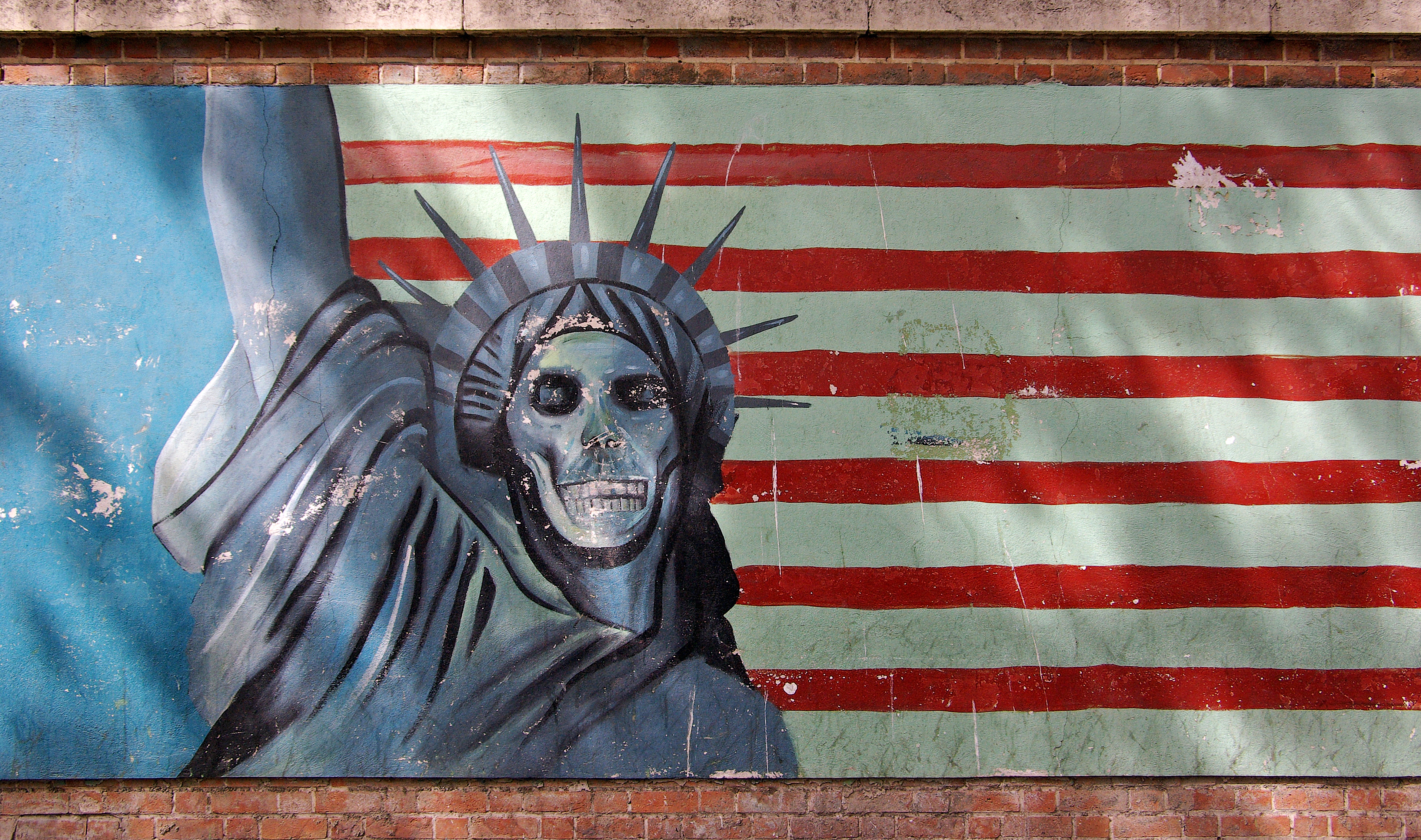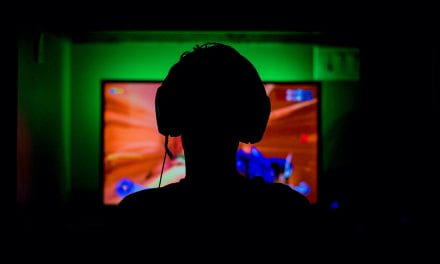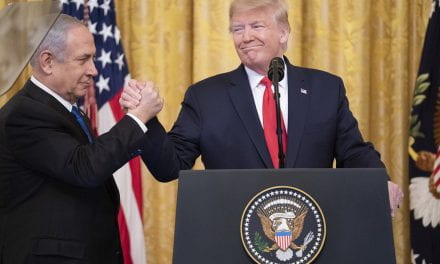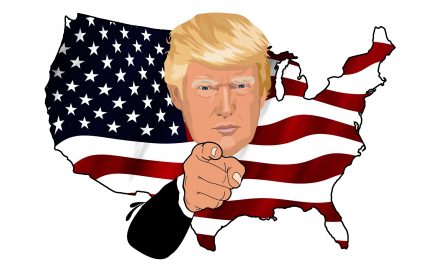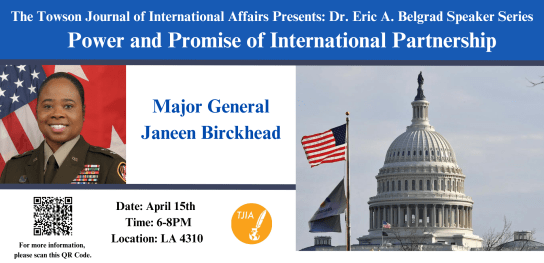By: Mackenzie Rice*
The United States of America is currently facing pressure to up its game in global leadership. The ongoing battle against the Islamic State and resulting refugee crisis, concerns about the growth of Russian influence, the rise of isolationism and Euroskepticism among Western European nations, and the American attempt to pivot the focus of foreign policy to Asia to manage rising power of China have created many moving parts in international relations and the world order. In 2015, former Secretary of State and Nobel Peace Prize winner Henry Kissinger attested in his speech before the Senate Armed Services Committee that, “The United States has not faced a more diverse and complex array of crises since the end of the Second World War.”[1] Meanwhile, as the United States attempts to manage the quick pace of changing power dynamics on the international stage, domestic consensus is falling apart and threatening any chance the United States has for public support of its objectives abroad. The vicious political polarization between liberals and conservatives, the spread of false news, and the deepening racial divide in society is turning the United States into a nation at war with itself. While many political commentators discuss concerns about the rise of states such as China and Russia and the threat that they pose to the United States’ role as a world superpower, they are missing the larger threat to American hegemony that is sitting in the nation’s own backyard. The most imminent threat to enduring American global leadership is the domestic political and social dysfunction that currently plagues the American public.
Today, Americans stand firmly divided on almost every political issue. Pew Research Center has found that for over twenty years, the American public has been pulling away from the political center, with liberals moving further left and conservatives pulling much, much further right in their beliefs.[2] In addition, the attitudes of individuals towards their political opposites are becoming colder. Approximately one in four Democrats believes that Republican policies are a danger to the nation, while one in three Republicans feels the same about the policies of Democrats.[3] RAND, a California-based global policy think tank argues that this trend in political polarization in the United States poses a threat to its status as an international superpower, claiming that it “prevents adequate resourcing of both domestic and foreign policy needs” and that “without political support, our diplomacy and defenses will be under resourced, heightening risks to our national security.”[4] The disconnect amongst the American public is also preventing political leaders from overcoming the social and economic issues that are present in the United States so that together the nation can work towards a common vision of American global leadership and what that should look like.[5]
The domestic political discord that threatens the status of the United States as a global leader is most apparent in media and news outlets. The extreme polarization that was induced by the 2016 presidential election in the United States had an incredible effect on the American public thanks to the use of social media outlets to quickly disseminate information about the presidential candidates’ character and policies. However, this election was unique in the sense that media tools proved to be effective not only in informing the nation but also in fostering an incredible amount of resentment along partisan lines. In the wake of the presidential election, The Wall Street Journal published an article called Blue Feed, Red Feed where readers can view an example of the great contrast between liberal and conservative social media side by side.[6] The examples of two ideologically opposite social media pages demonstrate that the image of liberals and conservatives painted by media and news outlets has become increasingly negative, fostering distrust amongst the American public.
In addition to extreme media polarization, the American public has also experienced the pervasive effect of fake news during the course of the 2016 presidential election. A study published by researchers from New York University and Stanford University claimed that known fake news stories about candidate Hilary Clinton were shared on social media 8 million times, while fake news stories about President Donald Trump were shared 30 million times. [7] Additionally, the study found that over 50% of people who recall seeing fake news stories believed them.[8] The think tank RAND has termed these developments in media and news as a disease called “the truth decay,” where “people feel not only entitled to their opinions, but to their own set of facts to support those opinions.”[9] Meanwhile, the prevalence and evident believability of fake news stories has cast a cloud of doubt over the traditionally trusted media outlets such as The New York Times. As the American public becomes more politically polarized by viewing the world through the red and blue lenses of their media preferences and is presented with increasing amounts of fake news, the public’s response is to embrace ignorance and become more suspicious of others and less trusting. Declining trust of others will inevitably lead to less cooperation, increased tension, and a deterioration of public consensus that is needed to adequately support American foreign policy decisions abroad.
Levels of distrust and public friction in the United States are also growing due to the racial divide in American society; a conversation that has reignited in the last several years. The deaths of Eric Garner, Michael Brown, Tamir Rice, and countless other young African-American men at the hands of police in the last two years has brought a resurgence to the issues of racial bias and discrimination in the United States. Conversations about racial justice issues are sensitive topics that the public has personal and passionate feelings about. However, surveys conducted by Pew Research Center suggest that not only do Americans have passionate beliefs about racial issues, but that these beliefs differ widely between white and black Americans. For example, only 50% of surveyed white Americans believed that blacks are treated less fairly when dealing with the police, whereas 84% of surveyed black Americans feel as though police officers treat them unfairly. [10] The gap in perception of racism towards African-Americans in society exists for a variety of circumstances such as in the justice system, at financial institutions, and in the workplace, revealing that beliefs about the prevalence of racism that exists in American society is wildly different between whites and blacks.[11]
The public attention and unrest that has followed the deaths of young African-American men at the hands of police have provided a platform for the activist group Black Lives Matter to raise awareness to structural racism in the United States perpetuated by local, state, and federal authorities. However, only 40% of white Americans are supportive of the movement. [12] In fact, discussions about the goals and intentions of the Black Lives Matter movement often cause white Americans to feel defensive and to question the motives of racial justice advocates. Furthermore, racial groups are even more divided by their political ideological beliefs. Recent election results have repeatedly proven a near unanimous support for liberal candidates amongst minority voters, adding an us-versus-them political mentality to match the definitive American racial divide. Standing divided along political ideologies coupled with contentious differences in public opinion about social justice along racial boundaries makes it impossible for the United States to form a cohesive identity at home, let alone an identity that should be admired as a leader on the international stage.
The consequences of a divided nation on American foreign policy objectives are already apparent. While domestic political disunity makes it extremely difficult for leaders to gain the public support necessary to impart a cohesive and effective foreign policy agenda, it also calls into question the legitimacy of American leadership abroad. In the days and months following President Trump’s controversial inauguration, countless people across the globe joined in solidarity with women, minorities and liberals in the United States by joining protests in countries such as Britain, Belgium, and Germany. This wave of international antipathy to American politics included a particular protest in the Philippines that involved the burning of the American flag.[13] As foreign governments watch their population respond adversely to American political and social events, they may choose to distance their administration from the image of American leadership, resulting in the forging of new allies, trade partners, and global power dynamics.
In a world that is becoming more connected with every passing minute, the United States seems to be pulling apart. Fear and doubt have been exploited as catalysts for underlying distrust between liberals and conservatives, whites and blacks, police and civilians, and politicians and reporters, to form insurmountable chasms within the American public. In a time where the world truly needs a unified, poised and unwavering global political leader to turn to, the United States is becoming divided, uncertain, and doubtful. An America that cannot mobilize its public towards any common goal domestically certainly cannot be trusted to mobilize the international community towards a brighter future. The legitimacy and authority of the United States that used to stand tall during times of crisis is faltering due to domestic political and social turmoil, and could have catastrophic consequences for the future of global American leadership.
[1] Efron, Sonni., Andrew, Hoehn., and Solomon, Richard. 2017. “Strategic Choices for a Turbulent World”. page 17. http://www.rand.org/pubs/research_reports/RR1631.html (March 10, 2017).
[2] Pew Research Center. 2014. “Political Polarization in the American Public.” June 12. http://www.people-press.org/2014/06/12/political-polarization-in-the-american-public/ (March 9, 2017).
[3] Ibid.
[4] Efron, Sonni., Andrew, Hoehn., and Solomon, Richard. 2017. “Strategic Choices for a Turbulent World”. page 228. http://www.rand.org/pubs/research_reports/RR1631.html (March 10, 2017).
[5] Ibid.
[6] Keegan, Jon. 2016. “Blue Feed, Red Feed”. The Wall Street Journal. May 18. http://graphics.wsj.com/blue-feed-red-feed/ (March 13, 017).
[7] Allcott, Hunt, and Gentzkow, Matthew. 2017. “Social Media and Fake News in the 2016 Election.” Page 1. National Bureau of Economic Research. January. https://web.stanford.edu/~gentzkow/research/fakenews.pdf (March 13, 2017).
[8] Ibid.
[9] Efron, Sonni., Andrew, Hoehn., and Solomon, Richard. 2017. “Strategic Choices for a Turbulent World”. page viii. http://www.rand.org/pubs/research_reports/RR1631.html (March 10, 2017).
[10] Pew Research Center. 2016. “On Views of Race and Inequality, Blacks and Whites are Worlds Apart.” June 27. http://www.pewsocialtrends.org/2016/06/27/on-views-of-race-and-inequality-blacks-and-whites-are-worlds-apart/ (March 13, 2017).
[11] Ibid.
[12] Ibid.
[13] Hedgpeth, Dana. 2017. “Anti-trump protests unfold around parts of country and world.” January 20. https://www.washingtonpost.com/local/2017/live-updates/politics/live-coverage-of-trumps-inauguration/anti-trump-protests-unfold-around-parts-of-country-and-world/?utm_term=.5bfb6184f699 (April 2, 2017).
*Disclaimer: The content contained in the following material is the sole ownership of the author and does not reflect the views of the Towson University Journal of International Affairs nor Towson University in any respect whatsoever.

